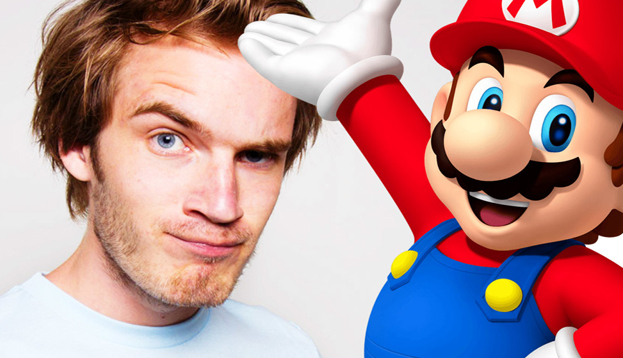The launch of Nintendo’s Creator’s Program this week and the terms involved has sparked some upset from YouTubers at the legacy brand’s way of approaching content. Nintendo sees an opportunity to monetize these videos, giving creators 60 to 70 percent of the money from YouTube while letting creators use otherwise copyrighted material that the company has been diligent about taking down.
The program has created a bit of a dilemma for creators who want to be involved, but feel there is a conflict of interest.
“A YouTuber who makes money from game criticism and game reviews would have a problem reviewing a Nintendo game. Not only do you have to essentially pay Nintendo to review their games, you have to review the game by their rules. You signed a contract with them in order to be allowed to review their game,” says Geek Remix in a video now circulating which addresses the partnership program.
“I think this is a slap in the face to the YouTube channels that do focus on Nintendo games exclusively,” says Felix Kjellberg, better known as PewDiePie, in a post to fans.
Nintendo wants you to pay them for the right to review their game on youtube. Please RT this is like ACTUAL video game ethics problems!
— Princess Bad Bitch (@GeekRemix) January 29, 2015
“Creators are not journalists,” he says. “Only the subset of those creators who identify themselves as journalists are expected to maintain journalistic integrity.”
However, Nintendo’s model isn’t anything new. VentureBeat compares Nintendo’s Creator’s Program to an MCN and the comparison is an apt one.
“Nintendo is looking to both capitalize on valued endorsements and marketing integration with their creator program, while also looking to take a piece of the monetization value from influencers,” says Brill. “From the influencer’s perspective this business model does not meet the parity standard across the MCN space. MCN’s are generally designed to bring creators business and increase their ad revenue.”
So how can Nintendo work to mend the fences with the creators they may have incensed By taking on what MCN’s typically do for their own, too.
“Make them money. Give them promotion. Grow their audiences,” says Brill.
